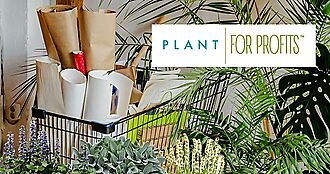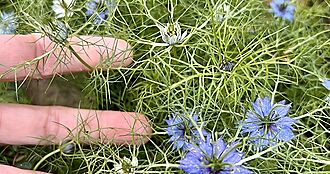Bald-Cypress
Bald-Cypress, Taxodium
Bald-cypress is a tough, dependable tree that can grow well in a variety of conditions and climates.
Growing
Bald-cypress grows well in full sun, in acidic, moist soil, but it can adapt to most soils and conditions. Highly alkaline soil may cause the foliage to turn yellow (chlorotic), although a particular strain from the Frio River in west Texas performs brilliantly in very alkaline soil. Bald-cypress develops a deep taproot but transplants fairly easily when young.
Tips
Bald-cypress can be used as a specimen tree or in a group planting. This fairly large tree looks best with plenty of space around it—it is ideal in a swampy or frequently wet area where few other trees would thrive.
When grown in waterlogged soil or near a water feature, bald-cypress develops gnome-like ‘knees,’ which are knobby roots that poke up from the water.
Recommended
T. distichum is a slender, conical tree that may grow over 100' tall in the wild. With maturity, it becomes irregular and more rounded, and the trunk becomes buttressed. In fall, the blue-green foliage turns a rusty orange before falling.
Features: conical, deciduous, coniferous tree; attractive habit, trunk and foliage; cones; fall color
Height: 50–70' or more
Spread: 18–30'
Hardiness: zones 4–9
Notes: People unfamiliar with bald-cypress usually expect it to be evergreen. Gasps are often heard when this deciduous conifer turns color in fall and defoliates. Plant near water to double the effect of its fall color. Black gum fruit attracts birds but is too sour for human tastes.


